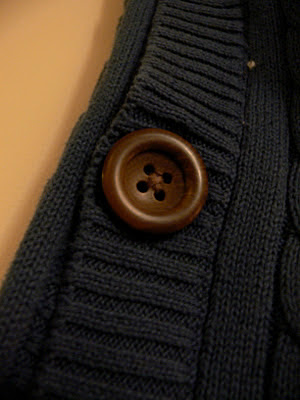I have recently taken to sprouting wheat berries for flour. Sprouting, like
souring and soaking, is another traditional way to prepare grains to our benefit. I love having a jar of sprouted, dehydrated wheat on the shelf, especially for those times I don't plan ahead enough to soak.
Sprouting does some amazing things to the grain, notably:
- Cuts carbs and calories by well over half (significantly lower GI score)
- Creates vitamin C (I've heard stories about sailors who avoided scurvy with the vit. C from sprouts)
- Activates phytase, our "hero" enzyme that dissolves phytic acid, the "villain" anti-nutrient that interferes with the absorption of key minerals like calcium, phosphorus, iron, zinc, and others.
- Increases protein
- Increases enzymes such as amylase, protease, and lipase
I understand that there are also decreases in fiber and some nutrients. But it's nice to know that whatever's in there will probably be more available!
Sprouting is really only a three-step process: soak 'em, rinse 'em, and dry 'em.
STEP 1: Soak Overnight
I used two large pickle jars and one gallon jar, filling each one about a third full of grain and covering generously with filtered water (they swell a bit in the soak). My jars were covered with that mesh material from onion bags and fastened with rubber bands.
Grains have enzyme inhibitors, meant to keep the seed from germinating while in storage. When you soak the grain, these inhibitors are neutralized, allowing the seed to start growing. So the seed begins to consume the starches in the endosperm, thereby producing a sprout! The energy used in this process is what causes the decrease in calories.
STEP 2: Rinse and Drain
For the next day or two, rinse the wheat berries every few hours and let them drain in between. I just tip them upside-down in these glass pans.
After the rinse/drain phase, my jars look much fuller:
See the little sprout tails? You can sprout them however long you like. I let them go until they were about the same length as the grain. I've also done less.
STEP 3: Dry
I dried the sprouts in my dehydrator at about 145 degrees. Normally I like to dry things raw to preserve the beneficial enzymes (which die around 117 degrees), but I know I'll be using all this wheat for baking so I figure it doesn't matter.
You can also use your oven. Spread them in a pan on the lowest heat possible. (You don't want to cook them, just dry.)
Now the little tails are all shriveled up. They're done when crunchy like a pre-sprouted grain. It hasn't taken longer than 12 hours.
Grind and use just like you would regular flour. So far I think we've made
bread, waffles, pancakes, pizza crusts, raspberry muffins, ginger cookies, and emergency brownies.
Happy sprouting!










































